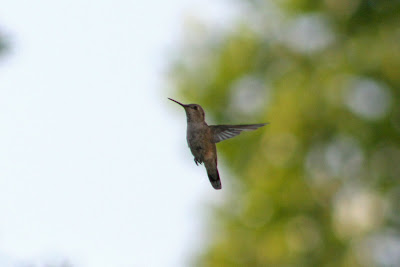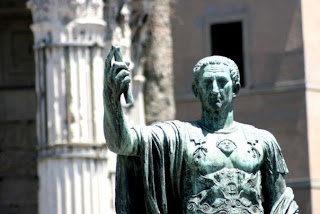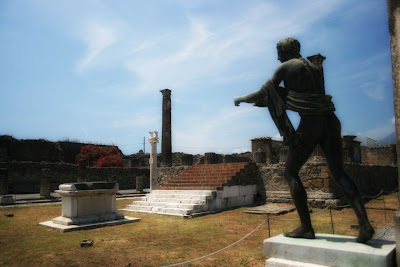Coloring Smoke
Yesterday I posted an article ( Photographing Smoke ) about taking pictures of smoke. This article will explain how to add color to your smoke pictures. This was the picture I ended with yesterday: 1. Open your picture file in Photoshop (or a similar program). 2. Create a new layer. 3. Use the brush tool to paint colors over your smoke in a new layer (color can be applied in other ways too; try using the gradient tool to fade from one color to another). 4. Apply a Gaussian Blur to your color layer (to blend the colors together). 5. Set the color layer's blend mode to Color (you can also try Soft Light , Overlay , or any other mode for a variety of color styles). Feel free to experiment with combinations of colors, coloring techniques, and blend modes. And try inverting the final product. Here are some of mine: The above is inverted without adding color. The above is using a circular rainbow gradient. Again, you can see the rest of my Smoke set on Flickr.com.




